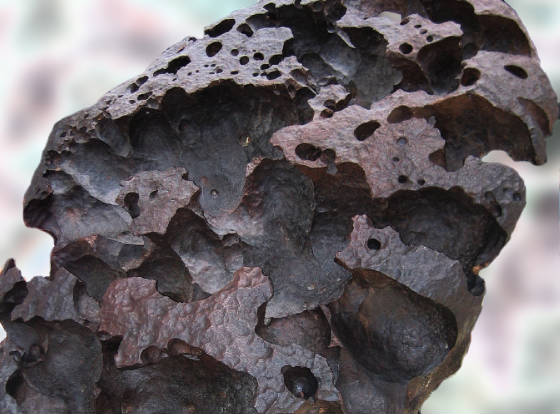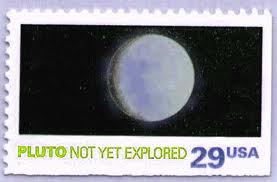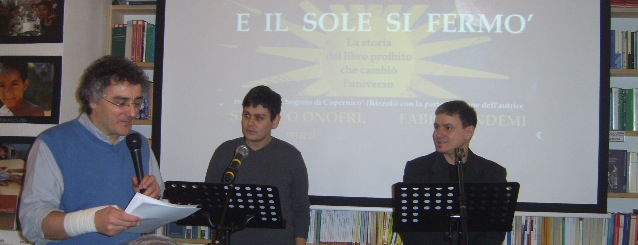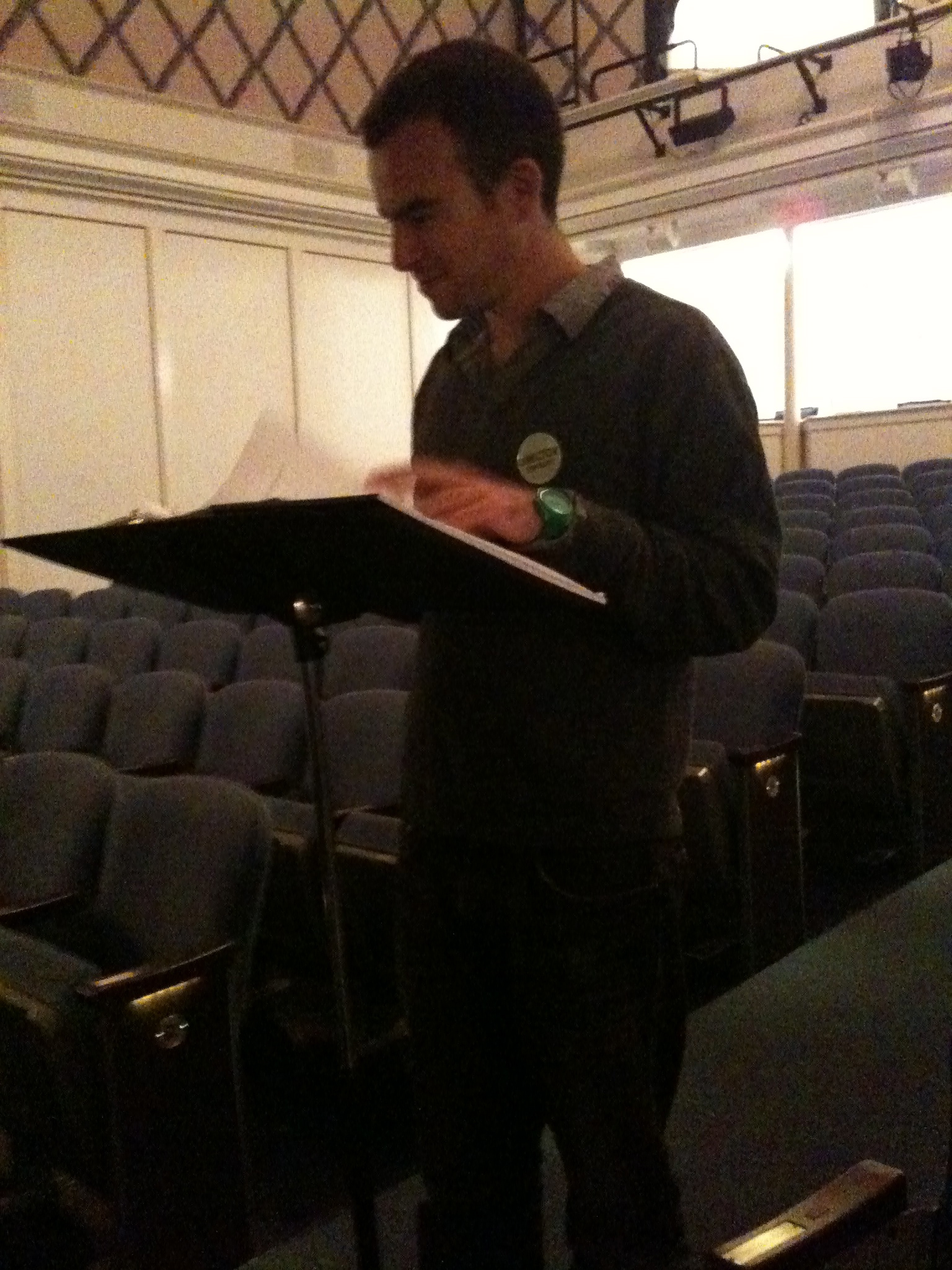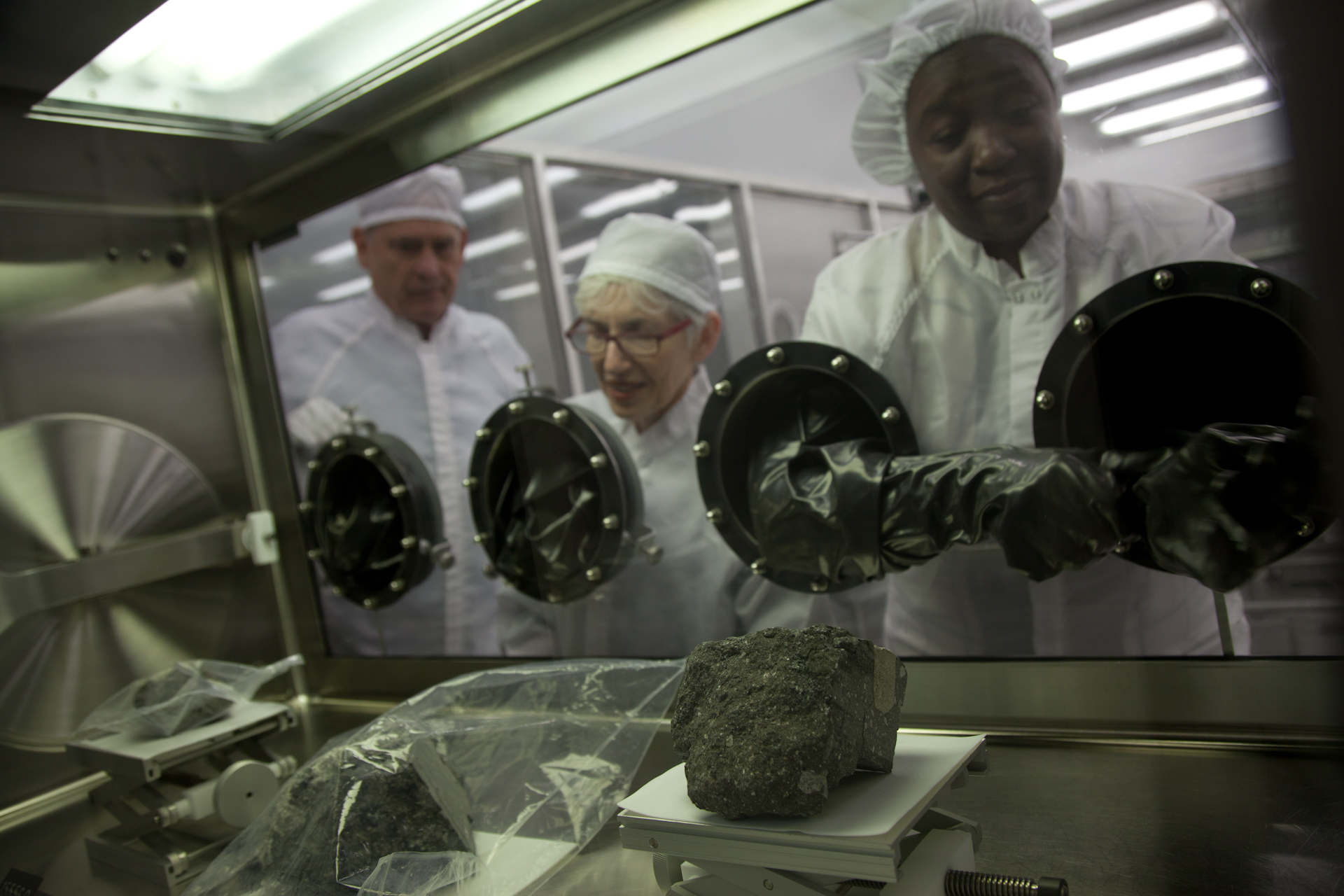This September marks the one-hundredth anniversary of a discovery that opened the door to our enormous, expanding universe. Astronomer Vesto Melvin Slipher ("V.M.," as he was always called) made the pivotal observation at the Lowell Observatory in Flagstaff, Arizona. Using the same telescope through which his boss, Percival Lowell, had perceived canals on Mars, V.M. took a long look at the great spiral nebula in Andromeda.

To gather a sufficient quantity of the nebula's faint light, Slipher tracked the object for six hours, spread over three nights' observing. The picture he extracted from these efforts was a spectrum -- not a likeness of the nebula but a continuous rainbow strip of starlight punctuated by dark lines identifying specific elements. The positions of the lines indicated the nebula was rushing Sunward at the incredible pace of two hundred miles per second. The bright stars of familiar constellations, in comparison, moved at much slower rates, on the order of one to ten miles per second. With Lowell's encouragement, Slipher went on to clock other nebulae, all of which seemed to go at a gallop. Their great velocities suggested the dimensions of the universe might be far grander than anyone had suspected.
A century ago, the spiral nebulae were thought to be new solar systems in the making: Each blurred whorl represented a single star inside a cloud of fragments coalescing into planets. Within two decades of Slipher's discovery, however, astronomers came to recognize the spiral nebulae as separate galaxies, all lying far beyond our own Milky Way, each containing many billion stars, and most receding from us at speed.
Sixty-some astronomers and historians gathered in Flagstaff mid-month to hail Slipher's achievement in a two-day celebratory symposium, "Origins of the Expanding Universe: 1912-1932." Several speakers lamented the fact that Slipher's name has been all but forgotten, even dropped from textbooks, with most credit for the universe's expansion allotted to the famous Edwin Hubble.
I was happy to develop a proper respect for V.M. while paying my first visit to the Lowell Observatory.
Signs posted along the winding drive up Mars Hill proclaim the site as "Home of the Expanding Universe" and also "Home of Pluto." True, Clyde Tombaugh discovered the erstwhile ninth planet here in 1930, after Lowell died and Slipher had taken over as observatory director. Parts of Slipher's and Tombaugh's discovery instruments are on display in the Visitor Center.
I got to see Lowell's Mars globes, and put my eye to his original 24-inch telescope, which brought a globular cluster of stars on the galaxy's fringe into gorgeous focus. Even to the naked eye, the clear night at high altitude afforded a view of the Milky Way far superior to what I normally see near my sea-level home.
In the Moonless dark, a guide led me to another unique feature of Lowell Observatory -- the blue-glass-domed mausoleum that houses the founder's remains.

